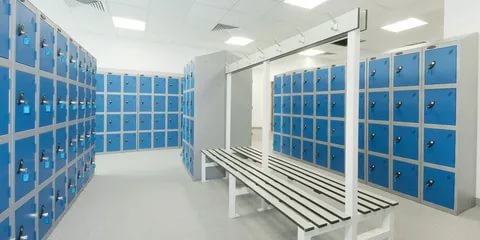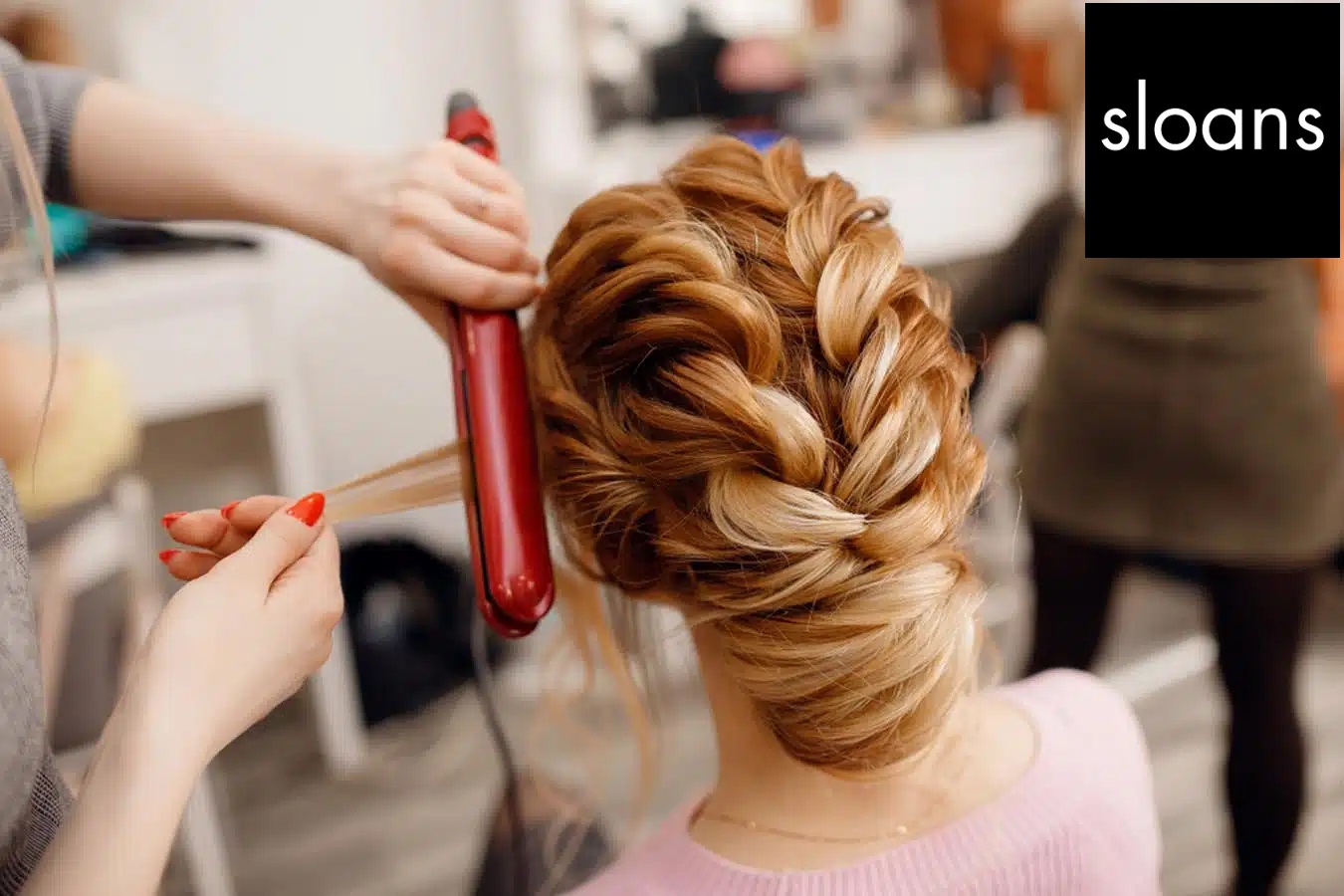
Let’s start with what is an IP intercom. IP intercom is the same intercom, but which does not work on 2 or n number of cables, but on an Ethernet cable. On the same cable that brings the Internet to your home. Moreover, not only data (picture, sound, but also power) come through this cable. Due to its ease of setup and connection, IP intercom system has gained immense popularity among both installers and end customers.
The high level of popularity of IP intercoms is due to the fact that they provide the following advantages:
- wide functionality that makes it easy to solve the task – access control and management;
- ease of equipment setup – you only need to mount and connect to the network;
- IP intercom can serve a large number of users, which is important for an apartment building;
- it is possible to remotely control everything that happens at the facility;
- high image quality is an indisputable advantage that an IP intercom has;
- the device can be integrated into other systems, such as a video surveillance system or a smart home;
- The IP entry phone door panel is equipped with an access reader and even 3D face recognition as the latest innovations in smartphones.
And this is not all the benefits that you get by choosing an IP intercom to control and manage access to the facility.
The main differences between a regular and IP intercom
As we already wrote at the very beginning of the article, the signal can be transmitted to any device on the Internet or a local network. The device can be a personal computer at the workplace of a security guard or concierge, a smartphone or laptop of the owner of the premises. There are also projects in which the signal is recorded on registrars installed in another city, so the information can be viewed from another continent. But of course, most often, customers use video intercoms (intercom monitors) from the same manufacturer as the calling panel in front of the door.
It is possible to record video and audio on demand, or when a motion sensor installed in the call panel is triggered. The device operates on a network basis, so it is possible to connect other devices that support data in digital format. Opening doors, motion detection – all this is relevant for such equipment. This makes it possible to control who came to visit at the time of absence.
It is possible to receive video and audio data even if there was no actuation of the control device or a call. The software installed on the terminal has the ability to force viewing and listening to everything that happens near the door, viewing and searching for data, recording information in the archive, etc.
Connecting multiple user terminals. The extended functionality of the equipment makes it possible to implement a large number of work scenarios for all cases.
These are the main differences between classic and IP intercoms, which are gaining more and more popularity among buyers every day.






